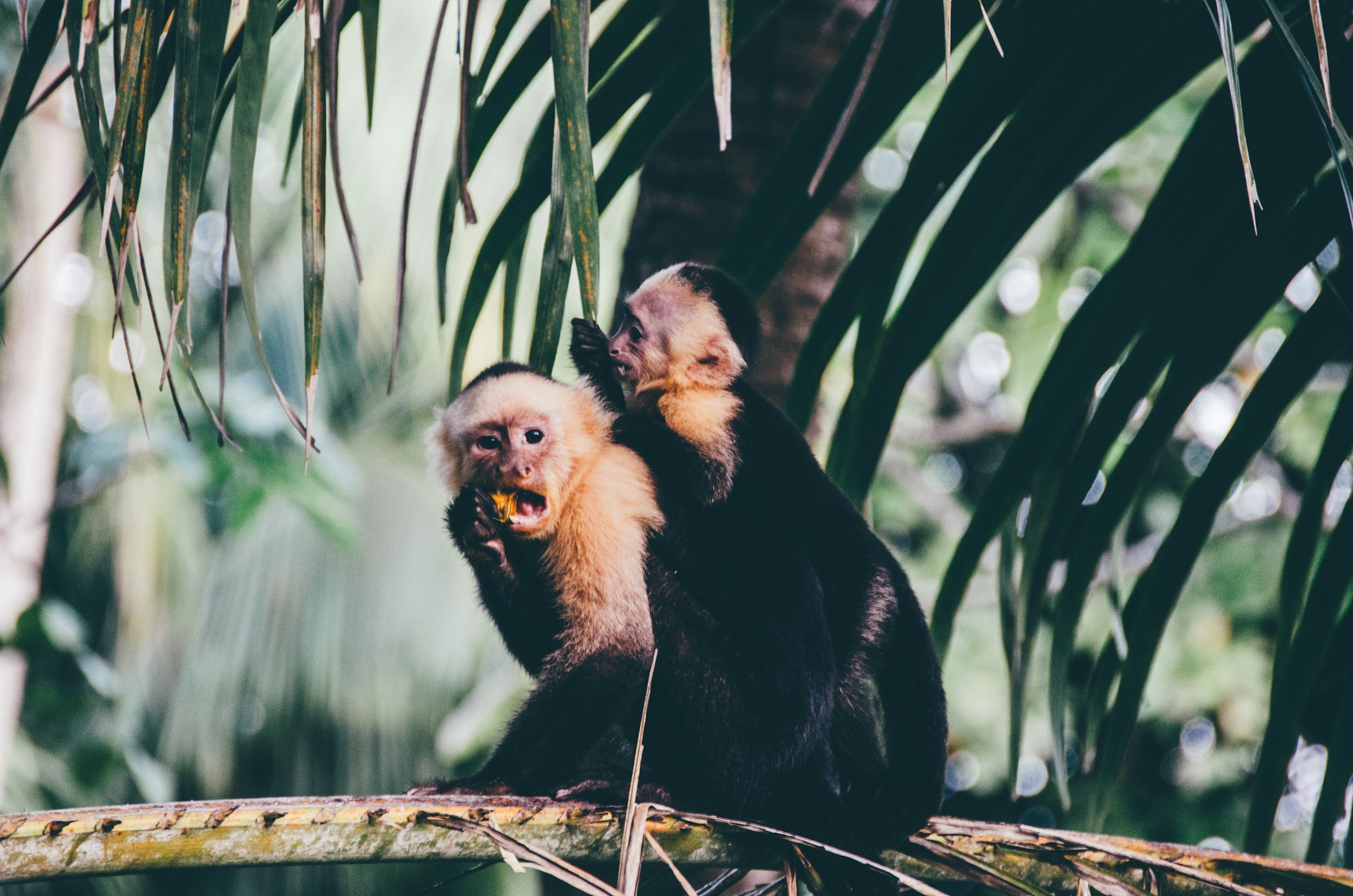
Two Rhino Births in a Year? Meet the Baby Rhinos Helping Fight Extinction
Natural Bridge Wildlife Ranch (NBWR) celebrates the birth of Rudy, a southern white rhino, marking the second successful birth in less than a year. With rhino populations threatened by poaching, NBWR’s breeding program stands as a beacon of hope for conserving this vulnerable species.

South Africa’s controversial lion farming industry is fueling the illegal international trade in big cat bones
A new research paper published in the scientific journal Nature Conservation has uncovered concerning activities within South Africa's captive lion industry, shedding light on the urgent need for comprehensive governmental action.
The study by World Animal Protection, conducted through direct interviews with workers at two closed-access lion facilities in South Africa’s North West Province, reveals disturbing practices. These include:

Protecting just 0.7% of world’s land could help save a third of most unique and endangered species
Conservation efforts directed towards just 0.7% of the world’s land mass could help protect one third of the world’s threatened and unique tetrapod (four-limbed vertebrate) species, new research by Imperial College London, On the Edge, and ZSL has shown.
The study, led by researchers at Imperial College London and published this week in Nature Communications, finds that large gains in conservation are possible by focusing on areas home to exceptional biodiversity and species with high levels of evolutionary distinctiveness and global endangerment.

As human activities expand in Antarctica, scientists identify crucial conservation sites
A team of scientists led by the University of Colorado Boulder has identified 30 new areas critical for conserving biodiversity in the Southern Ocean surrounding Antarctica. In a study published Aug. 15 in the journalConservation Biology, the researchers warn that without greater protection to limit human activities in these areas, native wildlife could face significant population declines.

Australia’s giant lizards help save sheep from being eaten alive
Giant lizards called heath goannas could save Australian sheep farmers millions of dollars a year by keeping blowfly numbers down - and must be prioritised in conservation schemes to boost native wildlife, say researchers.

Task force helps stave off amphibian disease threat
Amphibians—like frogs and salamanders—are the most imperiled group of animal species in the world; infectious diseases are among the greatest threats to their existence. After a decade of research, a scientific task force is poised to stave off these and other infectious threats to wildlife in North America.

